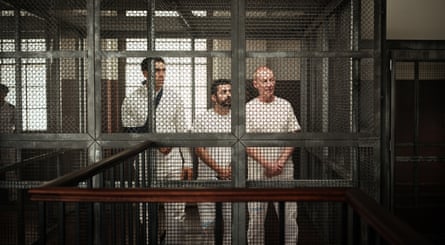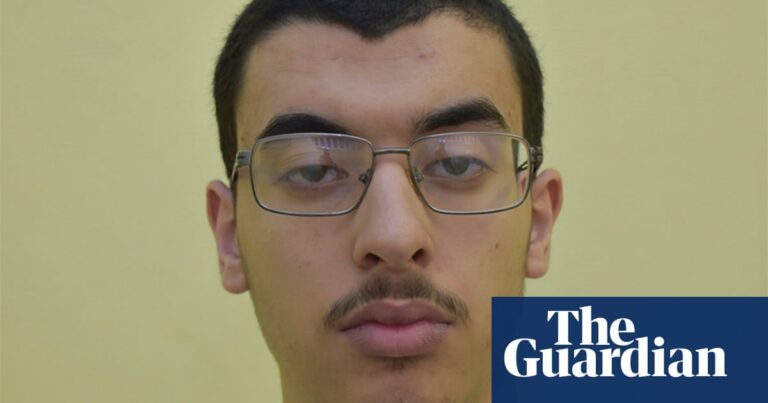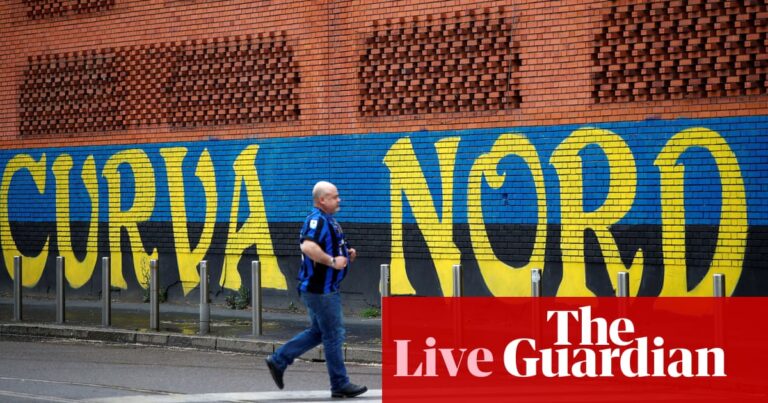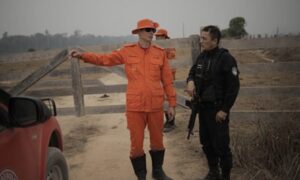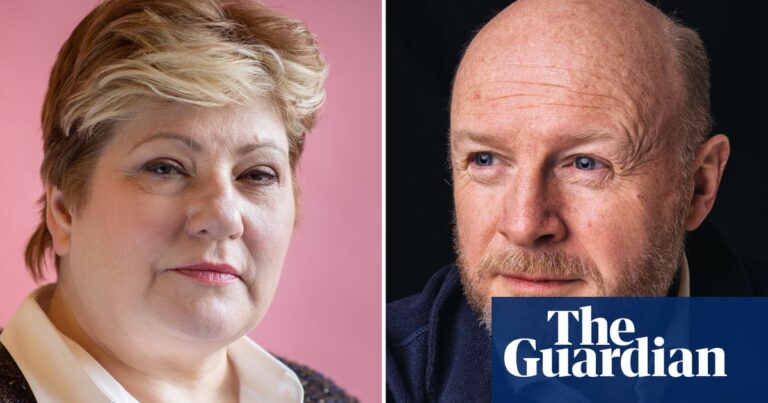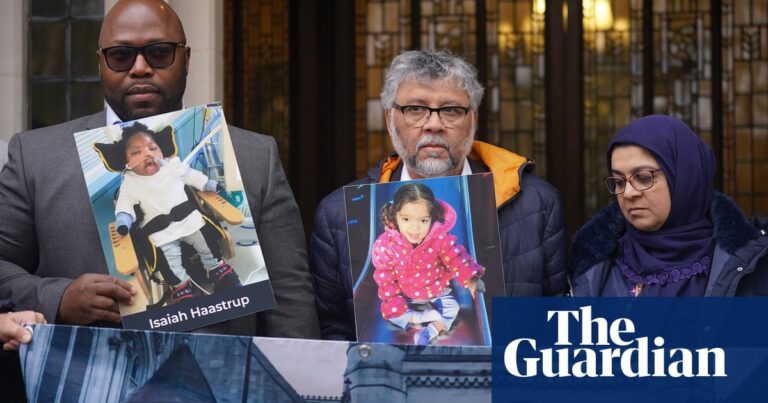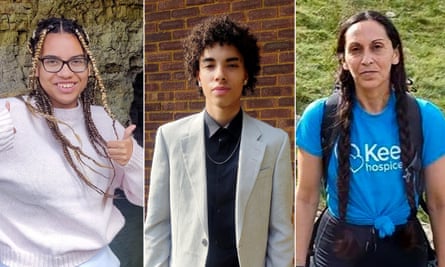Child Star, a new documentary directed by Demi Lovato, smartly does not open with the former Disney star, nor any of the former child performers who appear in the film – Kenan Thompson, Drew Barrymore, Christina Ricci and Jojo Siwa, among others. Instead, a group of anonymous children are asked simple questions by an off-camera adult: what do you want to do when you grow up? What does it mean to be famous? “It’s kinda like being popular at school, but times a thousand,” says one. “What’s very bad about it is that you can get very egotistical,” says another, stumbling over the last word. How do you feel about being on camera? “I’m a little nervous but also happy,” says one girl.
The implication is succinct and obvious: a child’s brain is fundamentally not developed enough to comprehend fame, nor how the present moment will shape one’s future. How could they know? And yet, as the film notes through several examples (including Lovato’s own), some kids are naturally inclined toward performance, even preternaturally talented. Some want to be on camera. Child stardom is big business, and also hugely influential on child viewers. “I still think about what’s ‘on-brand,’” says Lovato. “Those words should never be put together – teenage role model.” And yet. As long as young humans crave seeing themselves reflected on screen, and as long as that makes money, there will be. What to make of it?
Child Star has made headlines, expectedly, for its specific revelations of Lovato’s turbulent and long-documented personal history (she’s been the star of three documentaries, most recently the almost pathologically candid Dancing with the Devil in 2021). It’s certainly notable, if you are interested in Disney Channel lore, that Raven-Symoné describes Lovato as “not the nicest” when they collaborated back in the day, or that Lovato and Camp Rock co-star Alyson Stoner bonded over their respective eating disorders. For a different generation, that Ricci refers to her father as a “failed cult leader”, or that Thompson learned he was defrauded out of his childhood earnings when his financial “manager” ghosted on the day he was to buy his first house. The film interweaves these interviews with attempts at a quick history of child stardom in the US, dating back to silent film actor Jackie Coogan and cherubic icon Shirley Temple – how child labor laws exempted child performers, only to see the industry balloon, especially once cable channels like Nickelodeon and Disney started catering specifically to young audiences with homegrown child stars.
But the film, glancing and incomplete as it may be, works best as a collective therapy session on what such an experience – once rarefied, now relatable in an age of constant self-presentation – looks like in the rearview. How can one possibly make sense of growing up at work and in the public eye? Stoner, who now hosts a podcast on child stardom and comes armed with a study showing that the stress of fame cuts a decade-plus off someone’s life, notes how appearing on camera as a child necessitates disassociation; Lovato says she doesn’t remember most of her time with Disney. For them, and for Barrymore and Ricci, starvation, purging, drugs, alcohol and acting out provided, as Stoner puts it, “the only sense of safety and control that you have”. For some, performing provided an escape from a dysfunctional home life or childhood bullies; for all, it exacerbated their already confused parent-child relations.
The throughline, stated more than once, is blunt: it is psychologically damaging to know that you are a commodity. Some stars are more business than others; the film notes that at its peak, Hannah Montana – the Disney Channel show that became a touchstone for a new generation of pop stars – generated over a billion dollars for the company in merchandise and licensing agreements. Siwa, a gen-Z Nickelodeon star for gen Alpha, recalls how the network forced her to personally call every retailer after she came out as gay to assure them that she wasn’t going crazy.
Lovato’s documentary is a part of a larger, amorphous look back for millennial icons, from multiple Britney Spears documentaries to Selena Gomez’s My Mind & Me, the incredibly dark allegations made in the Nickelodeon expose Quiet on Set to the burgeoning industry of nostalgia podcasts. Child Star is a promising, if limited, directorial debut; one only wishes she could talk to more of her Disney peers, and it touches just briefly on issues of addiction, paparazzi or what happens when the spotlight wanes. (All the former child stars included remain in the business, and there are several eras not represented.)
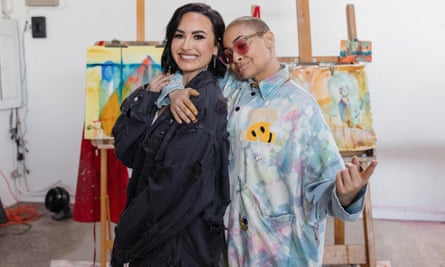
But the film’s point goes beyond traditional child stars. In the same way that millennials like me, when asked who we watched as kids, would have said Gomez on Barney or Miley Cyrus on Hannah Montana, kids now answer – almost to a tee, in the group assembled by Lovato and in my personal life – that they don’t watch TV. They watch YouTube. They watch kids like Ryan Kaji, who started playing with toys on a channel run by his family at age three, and is now one of the top-paid YouTubers in the world at the age of 12. They watch Charli D’Amelio, a high-schooler who shot to stardom on TikTok and whose short-lived Hulu reality show evinced the fragile prison of vertiginous viral fame. They watch any number of child social media “content creators”, who now dwarf traditional media in viewership. They watch each other, on Snapchat and TikTok and Instagram, which provide both an identity-shaping outlet and a hall of brain-warping mirrors.
Fame now, as it was then, is too much for one young mind to comprehend – only bigger. Too big, even, for this film, which hits on something fruitful, scary and real, then cuts away. Lovato ends by advocating that the acting industry’s so-called Coogan Laws, which set aside some earnings for a child performer to access when they’re 18, apply to non-traditional content creators. A noble cause, but a small protection for a phenomenon that will not end and has no prescribed way to deal. Siwa, at one point, admits that she posts hundreds of Snapchat stories per day, because people will watch. The demand is there – as it is, on a smaller yet still discernible scale, for everyday kids to post. Child stars, the film notes, have long existed as the objects of projection for normal kids; now they’re ever more role models for attention who will, along with their viewers, have a lot to process.
-
Child Star is available on Hulu in the US and Disney+ elsewhere
Source: theguardian.com










